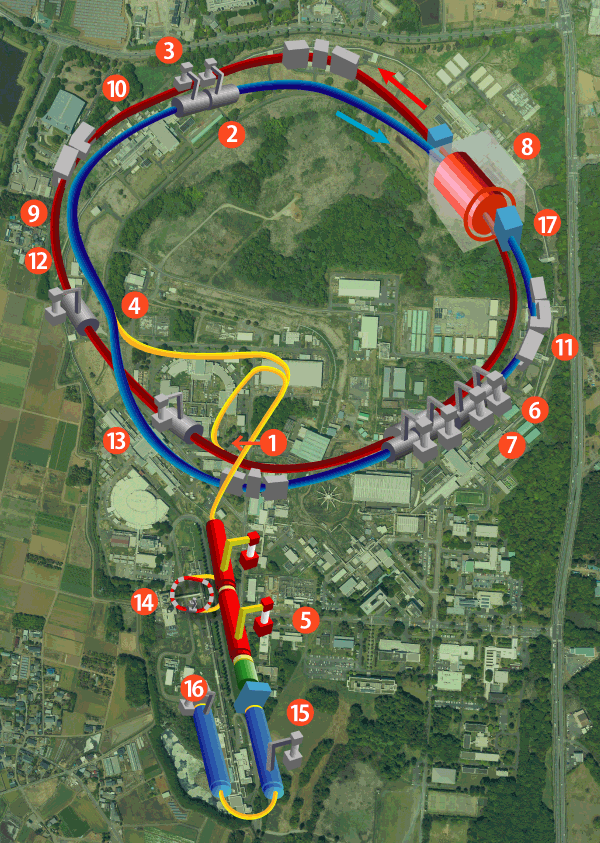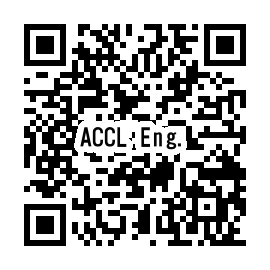- First Beam Experiment by the Collaboration between 3 Nations: Japan, UK and USA (2011.06.23)
 After 15 years of waiting the first tests of a novel Low Output Impedance (LOI) acceleration system with beam in the ISIS proton synchrotron at the Rutherford Appleton Laboratory (RAL), UK, were completed on April 17, 2011. The system was quite stable under high-intensity beam current, and the output impedance was measured to be as low as 35ohms, which is almost the design value and about 40 times lower than that in the existing acceleration systems. There is still much more work to do to make this system – or something like it – an operational part of a real synchrotron, but the initial results are very promising. This approach may point the way towards upgrades of existing accelerators and future high-intensity ones. —more
After 15 years of waiting the first tests of a novel Low Output Impedance (LOI) acceleration system with beam in the ISIS proton synchrotron at the Rutherford Appleton Laboratory (RAL), UK, were completed on April 17, 2011. The system was quite stable under high-intensity beam current, and the output impedance was measured to be as low as 35ohms, which is almost the design value and about 40 times lower than that in the existing acceleration systems. There is still much more work to do to make this system – or something like it – an operational part of a real synchrotron, but the initial results are very promising. This approach may point the way towards upgrades of existing accelerators and future high-intensity ones. —more
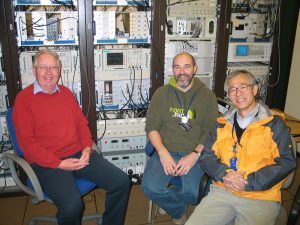
( linked 2011.06.23)
linked 2011.06.23)
- Accelerated Higher Intensity Heavy Ion Beam with New Linac System (2011.04.14)
 Research Laboratory for Nuclear Reactors in Tokyo Institute of Technology had developed a multi-beam type RFQ (Radio Frequency Quadrupole) linac system accelerating several heavy ion beams in parallel in one cavity. This system has made it possible for generating high intensity heavy ion beams, never before possible such as 100 mA and more, without growing the machine scale. —more
Research Laboratory for Nuclear Reactors in Tokyo Institute of Technology had developed a multi-beam type RFQ (Radio Frequency Quadrupole) linac system accelerating several heavy ion beams in parallel in one cavity. This system has made it possible for generating high intensity heavy ion beams, never before possible such as 100 mA and more, without growing the machine scale. —more

( linked 2011.04.14)
linked 2011.04.14)
- Japanese 9-cell SCRF cavity meets ILC specifications (2010.12.09)
 Designing and fabricating an optimal accelerating cavity is not so simple. There are two important parameters scientists are looking for: the gradient of 35 megavolts per meter (MV/m) and the quality factor (Q0) of greater than 8×109. A Japanese cavity now fulfilled those requirements for the first time at a test which took place at the Superconducting radiofrequency Test Facility (STF) at KEK, adding momentum towards future mass production. —more
Designing and fabricating an optimal accelerating cavity is not so simple. There are two important parameters scientists are looking for: the gradient of 35 megavolts per meter (MV/m) and the quality factor (Q0) of greater than 8×109. A Japanese cavity now fulfilled those requirements for the first time at a test which took place at the Superconducting radiofrequency Test Facility (STF) at KEK, adding momentum towards future mass production. —more
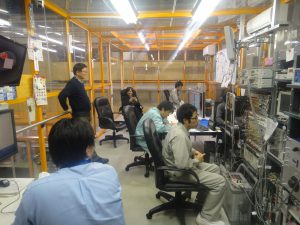
(
 linked 2010.12.09 / ILC Newsline linked 2010.12.09 )
linked 2010.12.09 / ILC Newsline linked 2010.12.09 ) - Start operation of the Small Electron Linear Accelerator for calibration of the Fluorescence Detector of the Telescope Array experiment (2010.10.14)
 The Telescope Array ( TA ) experiment is a ultra-high energy cosmic rays ( UHECRs ) observation which is established in the desert area about 200 km far from Salt Lake City in Utah state, north U.S. We began the observation in April 2008. The UHECRs are the highest primary cosmic rays which have energy more than 1018 eV. However, we do not understand any fundamental features, for example the chemical composition, their generation and acceleration mechanism, and the theoretical flux limit ( GZK-cutoff ). —more
The Telescope Array ( TA ) experiment is a ultra-high energy cosmic rays ( UHECRs ) observation which is established in the desert area about 200 km far from Salt Lake City in Utah state, north U.S. We began the observation in April 2008. The UHECRs are the highest primary cosmic rays which have energy more than 1018 eV. However, we do not understand any fundamental features, for example the chemical composition, their generation and acceleration mechanism, and the theoretical flux limit ( GZK-cutoff ). —more
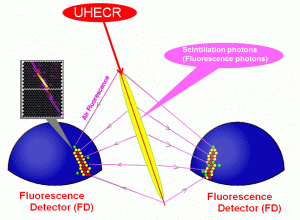
(
 linked 2010.10.21)
linked 2010.10.21)

